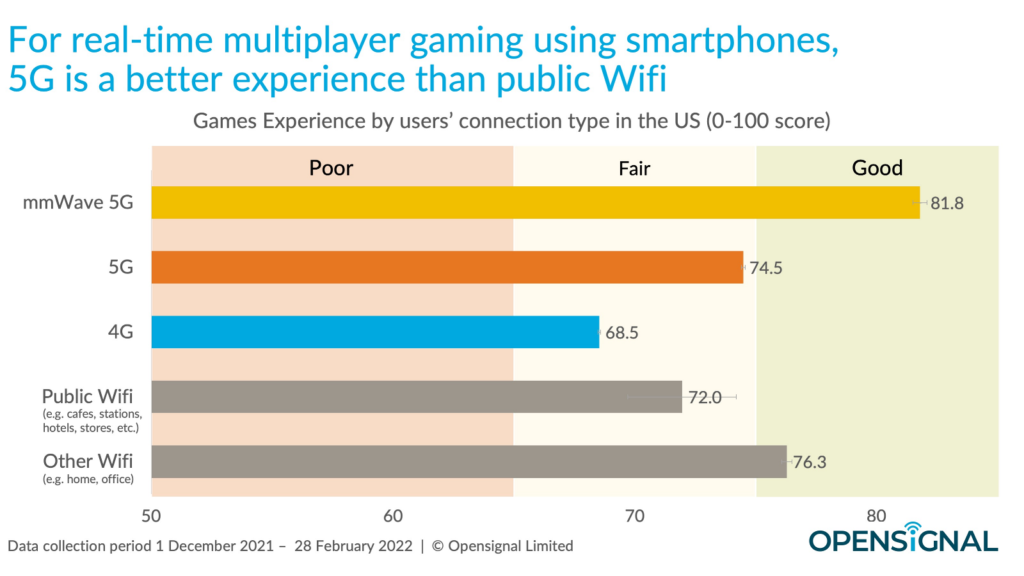5G radio thermal issues in base stations and handsets present a variety of deployment options. Passive and active thermal management techniques, along with hardware design improvements and advanced software, are used to address these challenges. This article offers a concise overview of the intricate landscape of 5G thermal management.
5G base stations, due to increased data rates and advanced transmission technologies like beamforming and massive MIMO, generate more heat compared to 4G LTE. Basic air cooling remains the most commonly used thermal management method in 5G base stations. However, precautions must be taken to manage potential electromagnetic interference from cooling fans that could disrupt signal reception.
To enhance thermal dissipation, high heat-generating components utilize thermal gels, heat sinks, phase change materials, air conditioning, and even liquid cooling systems. Software plays a crucial role in 5G thermal management by dynamically adjusting power levels based on network demand and implementing sleep modes using machine learning and artificial intelligence.
The utilization of millimeter wave bands in 5G necessitates more powerful antennas, contributing to increased heat generation. Optimized antenna designs and improved beamforming techniques help reduce unnecessary power dissipation.
Redefining Antenna Packaging
Efficient thermal management of the RF signal chain, especially in massive MIMO antenna arrays, is crucial. Innovative packaging approaches can enhance performance, such as top-side cooling, which offers benefits like lower thermal resistance, separation of thermal and RF paths, and a simpler design resulting in a thinner and lighter solution.

Figure 1. Comparison of a conventional 5G radio module structure (left) with the new top-side cooling approach (right). (Image: NXP)
Heat Challenges in Handsets
Multiple heat sources, including the application processor, power management integrated circuits, antennas, and cameras, contribute to thermal issues in 5G handsets. Passive cooling technologies like copper or graphite sheets and conductive thermal pads are used to improve heat dissipation. Advanced solutions like vapor chambers efficiently transfer heat, and some phones adjust processing speeds to manage heat.
Batteries and application processors in handsets are managed with graphite sheets and thermal grease, respectively, to maintain proper operating temperatures. PMICs require unique cooling approaches, such as thermal grease and heat spreaders.
Utilizing 4G for Smartphone Cooling
Smartphones can handle high thermal loads by operating normally, though this can be expensive. Alternatively, devices may switch from 5G to 4G LTE operation to reduce heat generation, displaying error messages or shutting down background applications to manage overheating.

Figure 2. This handset briefly switched to 4G LTE data rates (dark yellow band 6 minutes into the test) when it sensed the temperature rising, and when the battery temperature hit 45.4 °C, it remained in 4G LTE mode. (Image: SmartViser)
Conclusion
Effective thermal management is crucial for optimizing the performance and reliability of 5G radios in base stations and handsets. It involves a diverse range of hardware solutions for heat dissipation, software algorithms for minimizing heat generation, and innovative approaches to address thermal challenges.
References
Essentra Components: 5G Base Stations and the Challenge of Thermal Management
Advanced Thermal Solutions: 5G Devices and Thermal Management
SmartViser: Smartphones Overheating on 5G
IEEE Access: Thermal-Aware Synthesis of 5G BaseStation Antenna Arrays
Northwest Engineering Solutions: Thermal Management Challenges in the 5G Era
IDTechEx: Thermal Management for 5G
Prostech: Thermal Management for 5G Smartphone
NXP: Top-side cooling RF power modules for 5G infrastructure
Related Links
Basic principles of thermal management
Better thermal management of eGaN FETs
Thermistors, thermocouples, and RTDs for thermal management
Solving thermal challenges in EV charging
The crucial role of thermal interface materials



